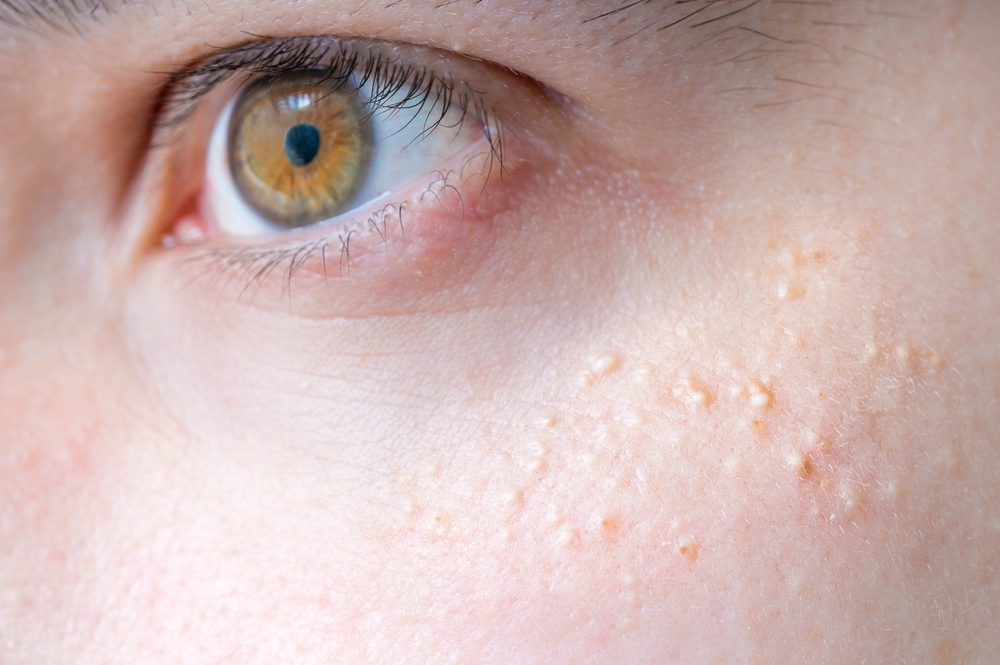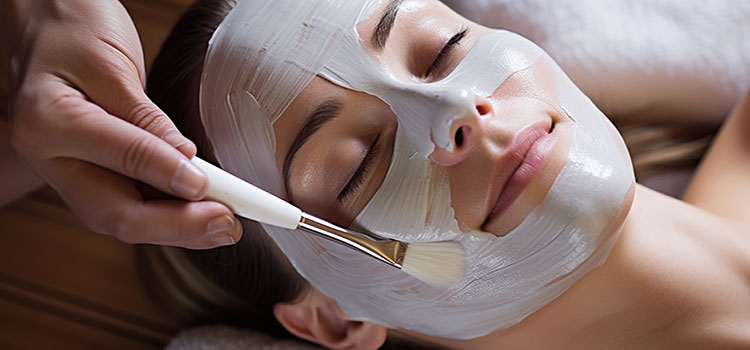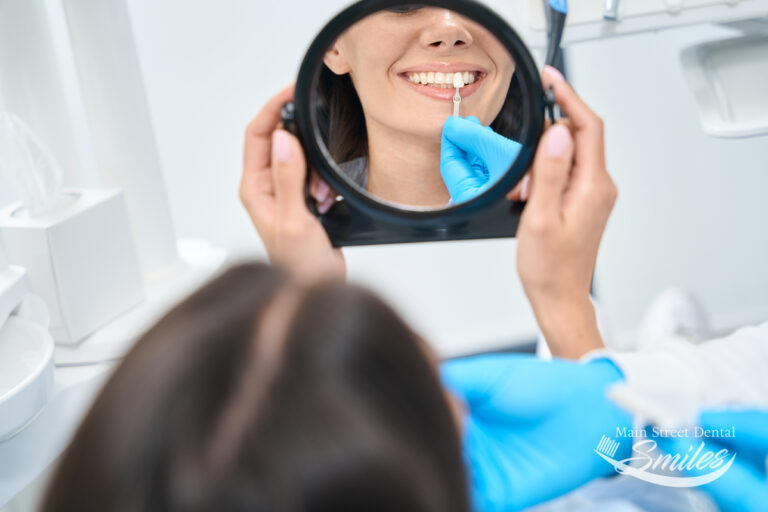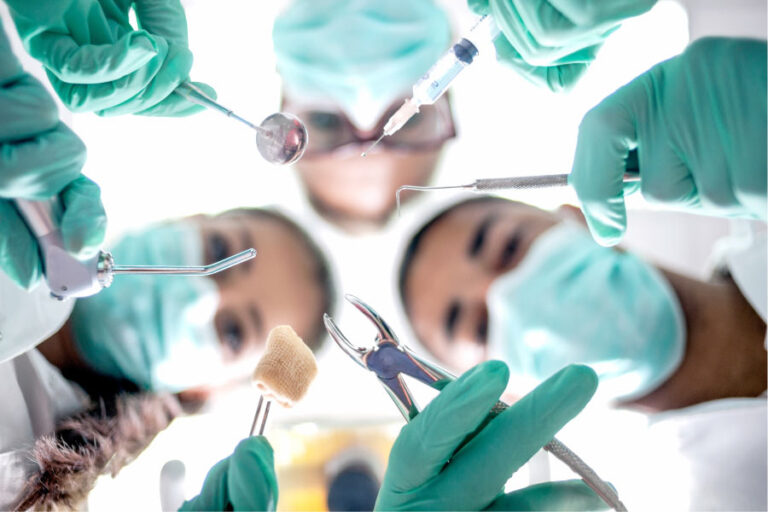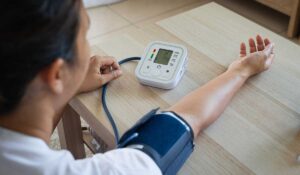Milia symptoms can be confusing for many, as these small, white bumps that appear on the skin are often mistaken for acne or other skin conditions. However, milia is a distinct and relatively harmless issue that can affect people of all ages. This article will explore what milia is, its common symptoms, why it occurs, and how to manage it effectively. By the end, you’ll have a clear understanding of milia symptoms and how to recognize and deal with them.
What Are Milia?
Milia are tiny cysts that form when dead skin cells get trapped beneath the surface of the skin. Unlike acne, milia do not involve inflammation, which is why they remain white or flesh-colored instead of red or swollen. They are commonly found around the eyes, cheeks, forehead, and nose but can appear elsewhere as well. Milia are more common in newborns, but adults and children can also develop them.
There are two main types of milia: primary and secondary. Primary milia appear spontaneously, while secondary milia develop after injury or damage to the skin, such as burns or blisters.
Common Milia Symptoms
The primary keyword “milia symptoms” refers to the specific signs and manifestations of these small skin cysts. Although they are generally harmless, understanding the symptoms can help differentiate milia from other skin conditions and guide appropriate treatment.
1. Small White or Yellow Bumps
The most distinctive milia symptom is the appearance of small white or yellowish bumps on the skin’s surface. These bumps are firm to the touch and are usually painless. They are often less than 2 millimeters in size and can appear in clusters or singly. Unlike pimples, milia do not have a visible pore, and they remain under the skin without any redness or irritation.
2. Common Locations
Milia typically appear on the face, especially around the eyes, cheeks, nose, and forehead. However, they can also form on other parts of the body, such as the arms, hands, or even the scalp. In newborns, milia are often seen on the face, particularly around the nose and eyelids, but they can also appear on the torso or limbs.
3. Lack of Pain or Itching
One key symptom that differentiates milia from other skin conditions is the lack of discomfort. While many skin issues like acne or eczema can cause itching or pain, milia do not typically cause any sensation. The bumps are purely cosmetic and do not indicate an underlying skin infection or other problems.
4. Persistence
Milia are known for their persistence. Once formed, these cysts can last for weeks or even months without changing in size or appearance. They tend not to resolve on their own, which is why some people seek treatment to have them removed, especially if they are in a noticeable area like the face.
Causes of Milia
Now that we’ve explored the main milia symptoms, let’s delve into what causes them. While the exact cause can vary, it typically involves the trapping of keratin (a protein found in the skin) beneath the outer layer of skin. Here are some common causes:
- Blocked Pores: One of the leading causes of milia is blocked pores, which prevent dead skin cells from being naturally shed.
- Sun Damage: Long-term exposure to the sun can thicken the outer layer of the skin, making it more difficult for dead skin to be shed, thus leading to milia.
- Skin Trauma: Injuries such as burns, blisters, or rashes can lead to the formation of secondary milia.
- Cosmetic Products: Some skincare products that clog the pores or are too heavy can contribute to milia formation.
How to Manage and Treat Milia
If you’re experiencing the common milia symptoms and want to address them, there are several options available. While milia don’t require treatment, as they are benign and not dangerous, many people seek treatment for cosmetic reasons.
1. Exfoliation
Exfoliating the skin gently can help in preventing new milia from forming. Using a mild exfoliant, such as one containing alpha hydroxy acids (AHAs) or beta hydroxy acids (BHAs), can encourage cell turnover and help shed dead skin cells more effectively.
2. Professional Extraction
If the milia symptoms are particularly persistent or bothersome, professional extraction by a dermatologist is one of the most effective methods for removal. This involves using a sterile needle to create a small opening in the skin and gently extracting the trapped material. It’s important not to try this at home, as improper technique can lead to scarring or infection.
3. Retinoid Creams
Topical retinoid creams, which are derived from vitamin A, can be helpful in speeding up the skin’s natural exfoliation process. These creams can be used to treat existing milia and prevent new ones from forming.
4. Avoid Heavy Skincare Products
Since thick, heavy creams and ointments can sometimes contribute to milia, it’s advisable to use lightweight, non-comedogenic (non-pore-clogging) products. Opt for oil-free moisturizers and sunscreens that won’t block pores or trap dead skin cells.
When to See a Doctor
While milia symptoms are generally harmless, there are certain situations where it’s best to consult a dermatologist. If the bumps change in appearance, become painful, or are accompanied by other symptoms like redness or swelling, it’s important to rule out other skin conditions. Additionally, if you’re unsure whether the bumps are milia or something else, a healthcare provider can give you a definitive diagnosis.
Conclusion
Milia symptoms can be perplexing for many people, but once you understand the signs and causes, they are relatively easy to identify and manage. These tiny white bumps are usually harmless and painless, often appearing on the face but also capable of forming elsewhere. While they don’t require medical treatment, many opt for professional removal due to cosmetic concerns. By following skincare tips such as exfoliating regularly and avoiding heavy products, you can help prevent milia from developing.





